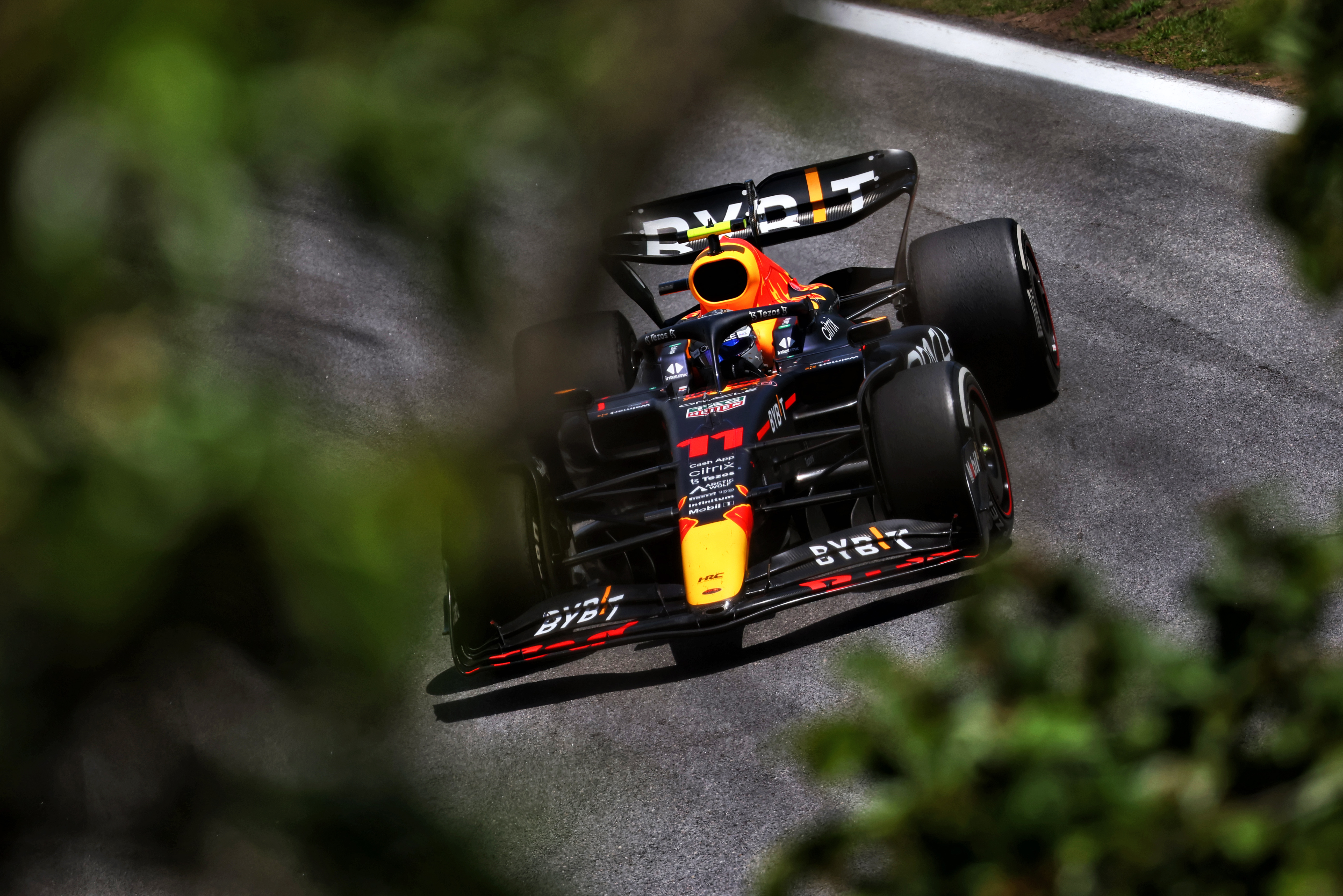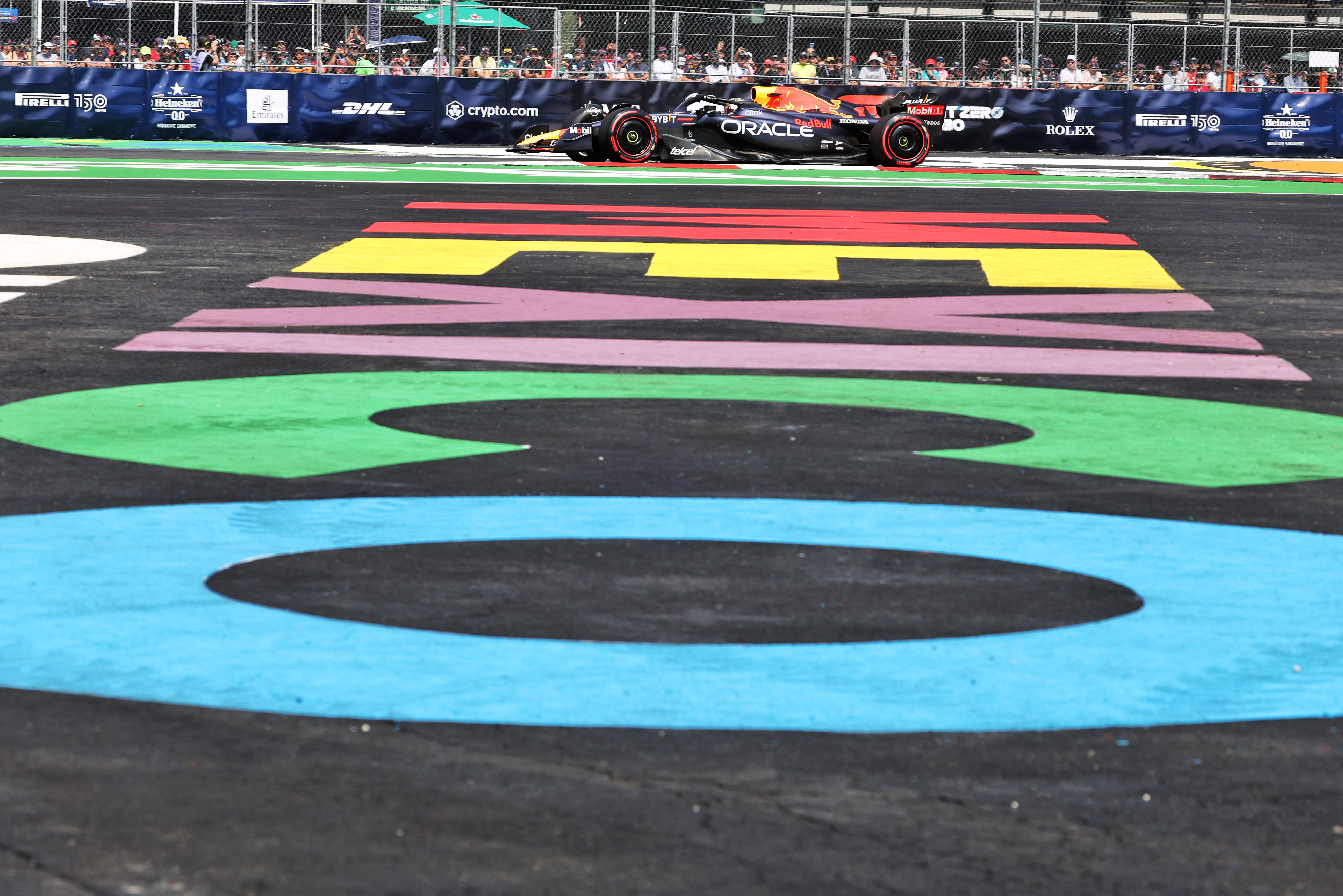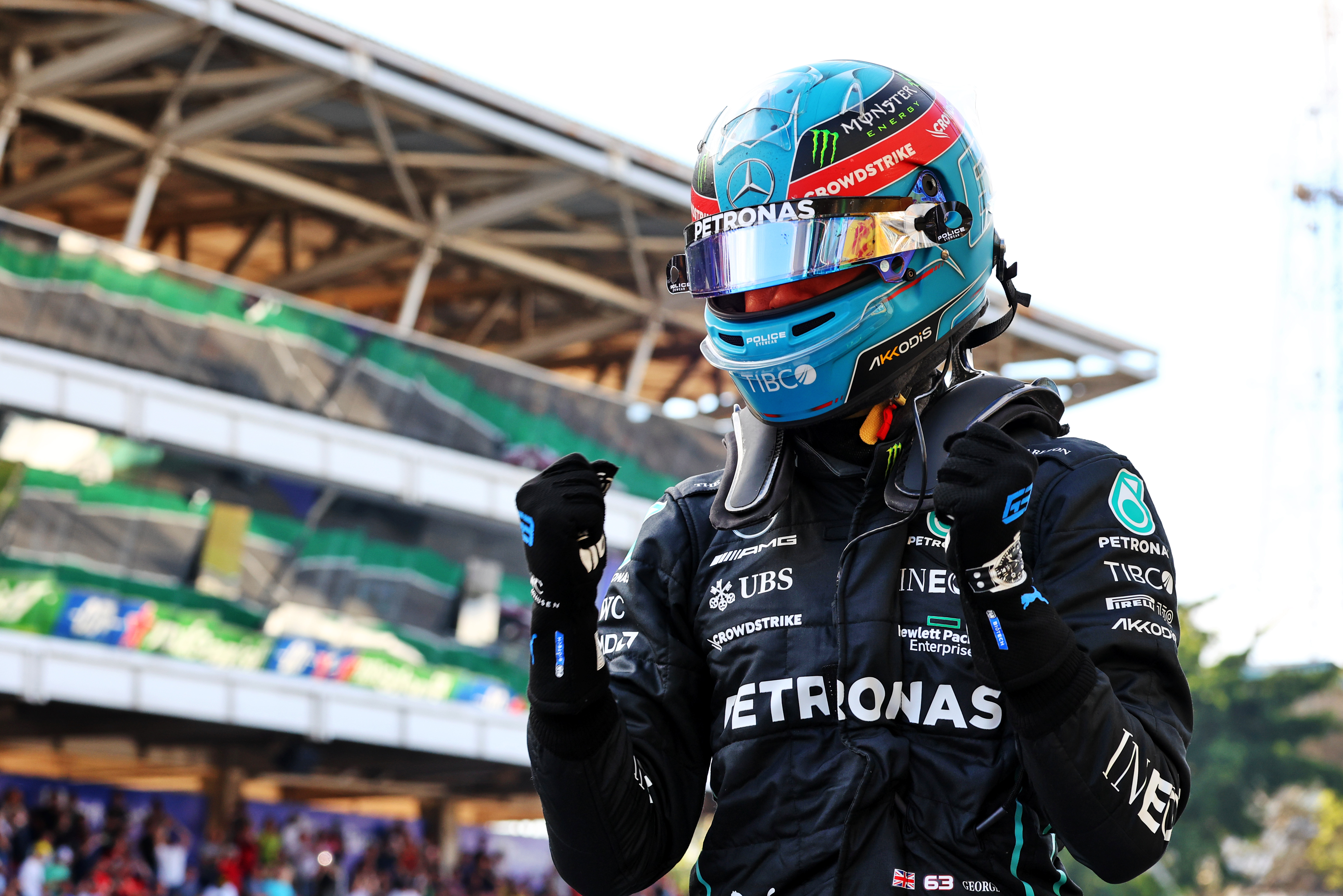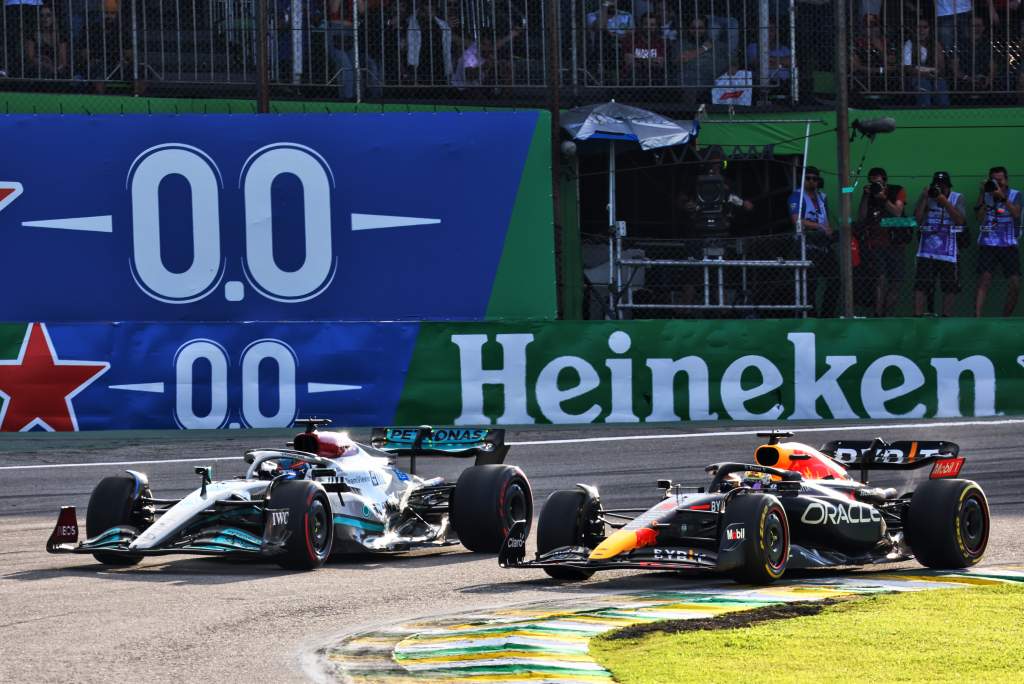Up Next

Mercedes, Ferrari and Red Bull was the Sprint hierarchy between the top three teams at Interlagos. But how representative will that prove to be of the competitive reality in the Brazilian Grand Prix proper?
It’s such a complex equation.
On the surface it looks just like Red Bull’s choice of the medium tyre and everyone else’s choice of the soft simply backfired and disguised the Red Bull’s usual superiority. But that’s not how Max Verstappen himself sees it.
“Even on the soft tyres I was going to be too slow,” he told Sky Sports F1. “We’re clearly having way too much degradation.
“We’ll analyse it. I’m not sure we can do a lot but it can’t be worse than today.
“At the end of the day when you have so much more degradation than another team it doesn’t matter what tyre you put on.”
Mercedes’ trackside engineering director Andrew Shovlin suspected in the immediate aftermath of the sprint that Red Bull had simply chosen the medium for tactical reasons, so as to retain two sets of new softs for the grand prix. But actually it does seem as if the Red Bull may be in trouble and that the Mercedes’ tyre usage superiority is not just a mirage.
Certainly, Ferrari’s Carlos Sainz is not optimistic about his chances against Mercedes on Sunday, even if he could somehow get among them from his penalised seventh place starting slot when they are starting from the front row.
He was already running out of front tyre grip in the sprint on the soft as George Russell pulled away and Sainz defended his second place against Lewis Hamilton.
“We usually have a bit more deg than the Mercs and you could see it again here today,” Sainz said. “I spent the last 10 laps defending from Lewis.”
Now feed into that mix the fact that in the other Ferrari Charles Leclerc in sixth could make no serious impression on the Red Bull of Sergio Perez despite being on the same soft tyre and ostensibly it appears that Mercedes really is starting as favourite, despite Verstappen’s lurking presence in third on the grid, with team-mate Perez alongside him.

Even when the Mercedes was less competitive than it’s been since its Austin upgrade, it always tended to have better tyre degradation than either the Red Bull or, especially, the Ferrari. But it used to be too far behind them for that to matter.
That’s no longer the case. It’s now regularly as fast as or faster than the Ferrari on race day even if the Red Bull still had it covered at Austin and Mexico City. So why might it not at Interlagos?
It seems that volatile track temperatures may have a lot to do with it. Saturday’s FP2 session when the teams were trying to squeeze in their long runs in between preparing for the sprint was held on a track of 50 degrees Centigrade.
The sprint was held on a track of 27 degrees Centigrade and falling faster than anyone anticipated. Such temperature changes can have a profound effect on the balance of the cars – some more than others.
We saw a similar thing in reverse in Mexico two weeks ago, where the track temperature increased rapidly between Saturday practice and qualifying later in the day and on that occasion it came to Red Bull’s rescue.

There, the Red Bull did not have a great front end in the lower temperatures but the increase in track temperature for qualifying reduced the grip of the rear tyres more than those of the front – suddenly putting the Red Bull in a happier place relative to the opposition.
Here, it would appear that the falling track temperatures – which shifted the limitation to the front axle – took the Red Bull from a place where it was already struggling to struggling even more. And that was reflected in its greater front tyre degradation in the race.
Last year in Brazil, cool temperatures in qualifying meant the Red Bull was understeering but higher temps in the sprint the following day improved its balance. Which is totally consistent with the reverse temperature direction from FP3 to sprint this time worsening its balance. Verstappen ran out of front tyre grip in the race here last year too.

Certainly, sprint winner Russell was a little perplexed at just how bad the medium seemed to be on the Red Bull.
“We were 50/50 between going soft or medium,” he told Sky Sports.
“We need to have a think about that because we’re going to have to use the medium at some point and it doesn’t look like it’s going to be a pleasant experience.”
But actually it looks like the Mercedes is just not so harshly affected by the temperature variation, so maybe George is worrying unnecessarily.
It’s set to be a two-stop race, so Verstappen has the advantage of two sets of softs compared to the Mercedes drivers who have one used set each and one new.
But will that – and its usual straightline speed advantage over the Mercedes – be enough for Red Bull? Or is this where Mercedes finally makes its 2022 breakthrough?







